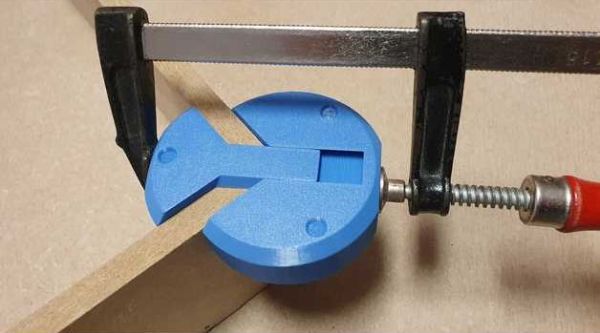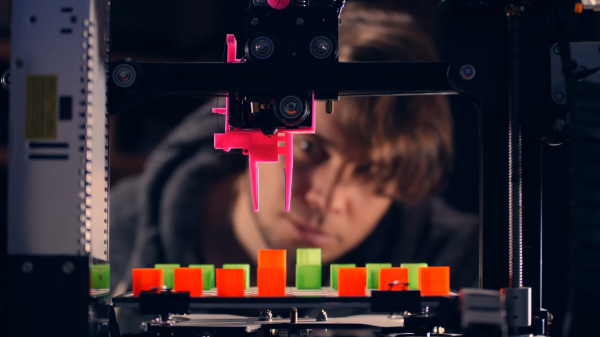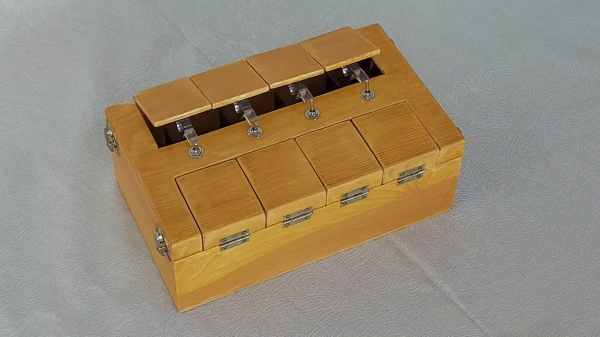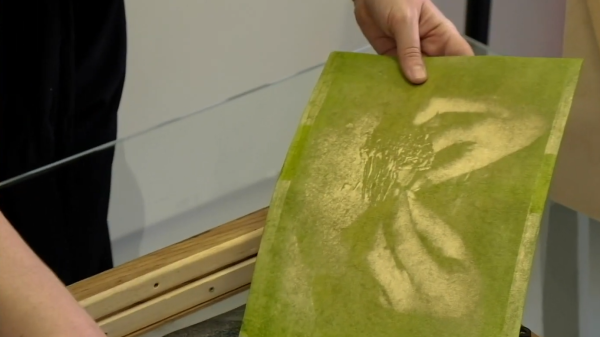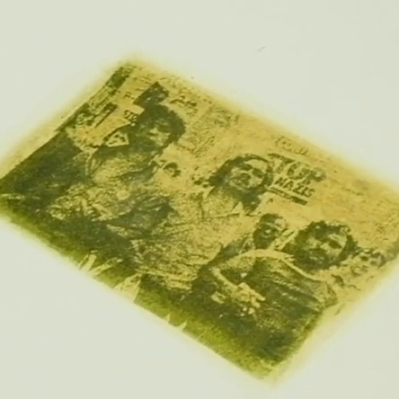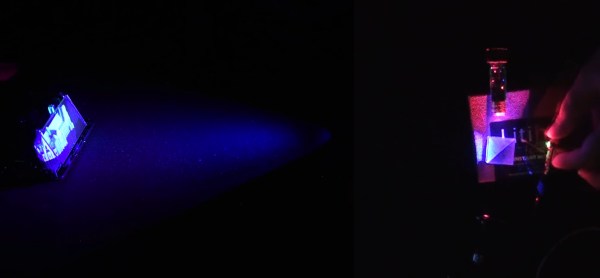We have a scooter hack that is odd for a couple of reasons. First, the vehicle in question is a Doc Green EWA 6000, a German clone of a Xiaomi M365, so Country stereotypes be darned. Second, it is about increasing the performance, and when we think of scooters, we get hung up on scoot. The link between these peculiarities is the speed limiter Germany requires on all scooters, which the Chinese model lacks. Despite the law, [Nikolaj] wanted a higher top speed and Bluetooth connectivity. Wireless unlocks advanced features, like cruise control, which are absent in the stock model.
The mainboard is responsible for speed control, but that is merely a component, and you can find third-party replacements. [Nikolaj] found a new part with a German forum member’s help, then recorded his work in English for our sake. The speed boost is nice, but the Bluetooth functionality is a massive improvement by itself. If you live in an area where the law doesn’t allow this sort of thing, think before you upgrade. Aftermarket parts aren’t always drop-in replacements, and in this case, the controller and display needed some finessing to fit, so measure twice and buy once.
If tearing into a brand new scooter isn’t for you, consider breathing new life into a retiree, and don’t forget that stopping is the other half of the battle.


